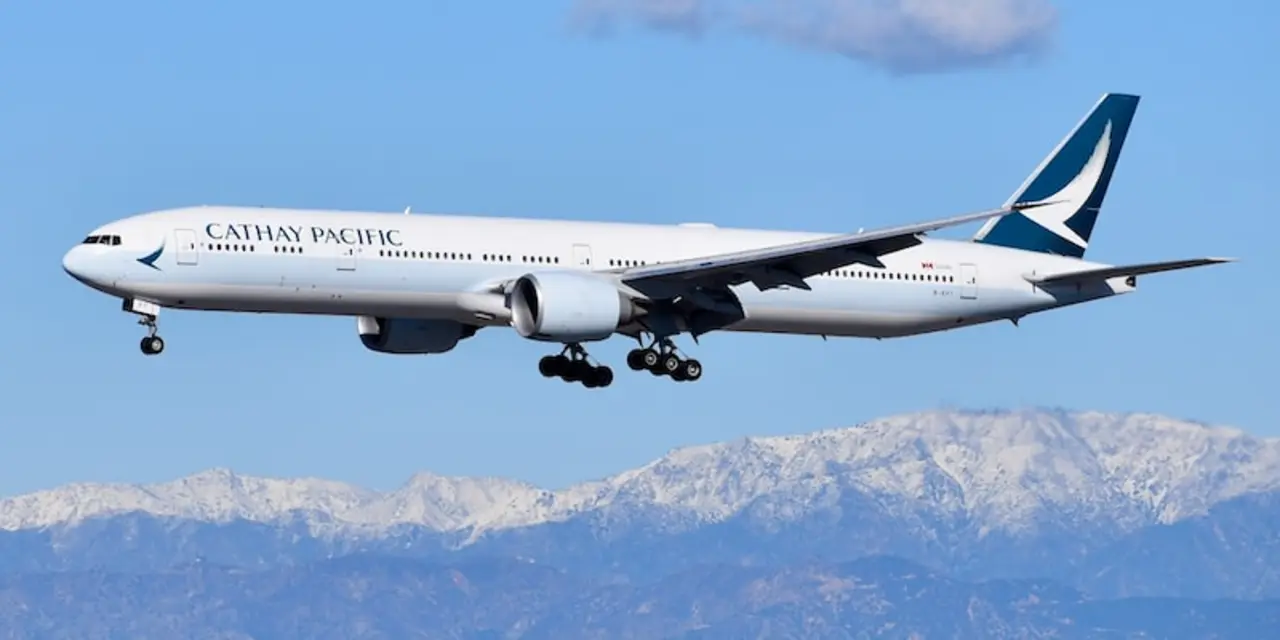How do the IMF and World Bank work together?
-
Mar, 7 2023
-
0 Comments

The International Monetary Fund (IMF) and the World Bank are two of the most influential and important international organizations in today's global economy. The IMF and World Bank work together to promote economic growth and reduce poverty, particularly in developing countries. Although both organizations have similar goals, they operate in different ways and have distinct roles. In this blog post, we'll explore the synergies between the IMF and World Bank, and how they work together to achieve their common objectives.
The IMF and World Bank have overlapping objectives of promoting economic growth and reducing poverty. The IMF focuses on macroeconomic stability and provides policy advice and financial assistance to its member countries. The World Bank, on the other hand, focuses on long-term economic development and provides loans and grants for projects that improve the quality of life in developing countries.
The IMF and World Bank are complementary in their efforts to reduce poverty and promote economic growth. The IMF's policy advice and financial assistance help countries maintain macroeconomic stability, which is essential for long-term economic development. The World Bank, meanwhile, provides loans and grants for projects that seek to improve the quality of life in developing countries. The two organizations also work together to provide technical assistance and to coordinate their activities in low-income countries.
The IMF and World Bank also collaborate on economic research and analysis. They produce regular economic reports that provide insights into global economic conditions and trends. This research helps inform the policies and programs of both organizations, which in turn helps countries in their efforts to reduce poverty and promote growth.
The IMF and World Bank are essential partners in the global economy. Their combined efforts help promote economic growth and reduce poverty, particularly in developing countries. By understanding the synergies between the IMF and World Bank and how they work together, we can better appreciate the important role they play in the global economy.
The International Monetary Fund (IMF) and the World Bank are two of the most influential global financial institutions, working together to promote economic and financial stability around the world. These two organizations have different, but complementary, roles in the global economy.
The IMF is responsible for providing policy advice and financial assistance to countries with balance of payments difficulties. It also acts as a lender of last resort and provides credit to countries in crisis. The World Bank, on the other hand, focuses on long-term development and poverty reduction, providing loans and grants to developing countries for projects such as infrastructure, health, and education.
The IMF and World Bank work together to promote financial stability and economic growth. The IMF provides advice and technical assistance to help countries design and implement sound policies that will lead to sustainable economic growth. The World Bank provides the necessary financing for these projects, as well as policy advice and technical expertise. Together, the IMF and World Bank strive to ensure a stable global economy and reduce poverty around the world.